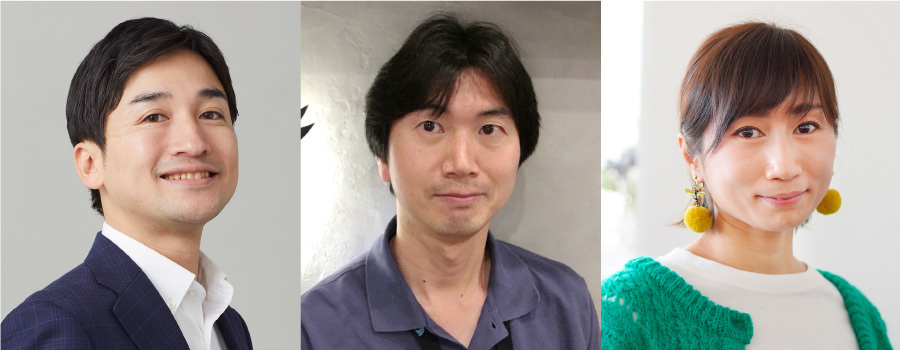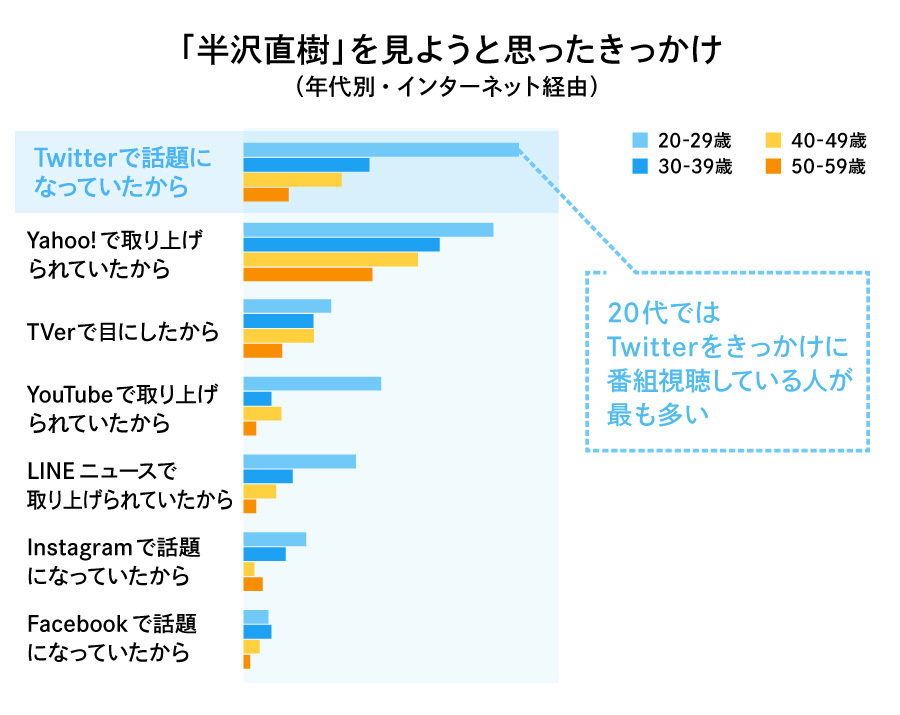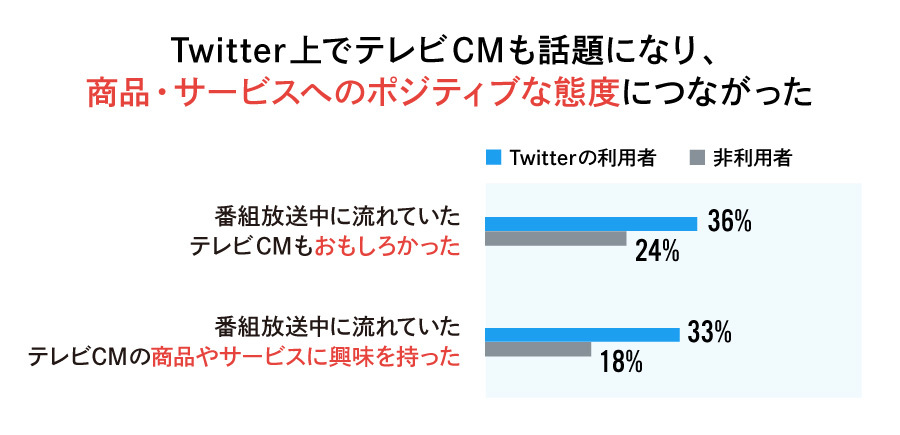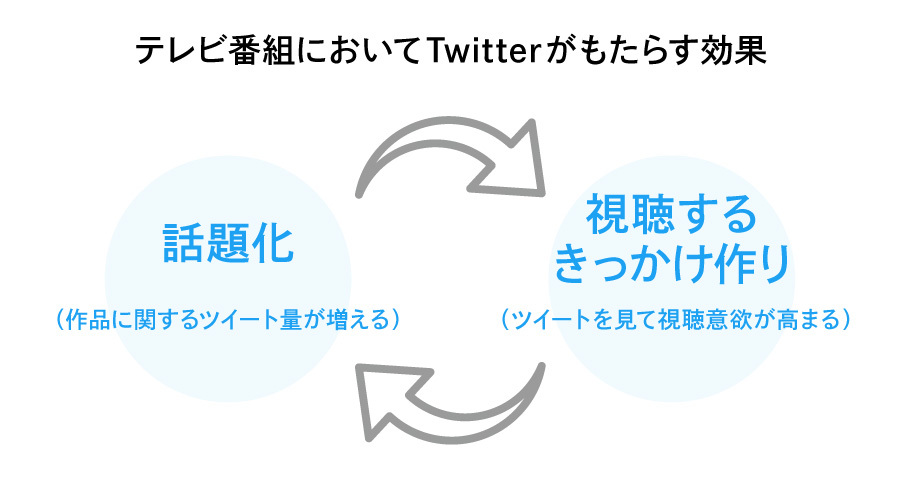Last year, the TBS Sunday Theater drama "Hanzawa Naoki" captivated many fans.
The final episode achieved a real-time average viewership rating of 32.7% (Video Research Ltd., Kanto region) and a combined viewership rating (sum of real-time and time-shifted ratings, with duplicates counted once) of 44.1%, both ranking first in the drama category during the Reiwa era.
The drama also generated significant buzz on social media, consistently ranking #1 worldwide on Twitter's trending topics each week—a memory likely still fresh in everyone's mind.
My apologies for the late introduction. I'm Kentaro Irizawa from Dentsu Inc. Second Integrated Solutions Bureau. In my daily work, I research the relationship between television and social media.
As consumers' media exposure diversifies, television viewing habits are changing too. The viewing style of "enjoying social media while watching TV programs" has become commonplace.
In the worlds of television and advertising, it's said that buzz on social media can influence a program's ratings and viewer satisfaction. The impact of the COVID-19 pandemic has accelerated this trend, leading to more active social media utilization by TV networks.
Twitter, particularly strong in real-time communication, has long seen widespread behavior where users "tweet opinions and reactions to a program while watching it, or enjoy other users' tweets."
As integrated online and offline marketing becomes mainstream for advertisers, Dentsu Inc. and Dentsu Digital Inc. have launched the "TV×Twitter" project in collaboration with Twitter Japan. They have begun exploring approaches to maximize advertising effectiveness by combining television and Twitter, examining multiple perspectives including media planning, creative, and research.
In this article, our project members introduce the findings from a survey we conducted on viewers of "Hanzawa Naoki," examining the actual behavior of people who enjoy Twitter while watching TV.

From left: Kentaro Irizawa (Dentsu Inc. Integrated Solutions Bureau 2), Kenichiro Sato (Twitter Japan), Yoko Kibata (Dentsu ScienceJam Inc.).

Next, Kenichiro Sato from Twitter Japan will introduce the characteristics of "people who enjoy Twitter while watching TV."
We first conducted a questionnaire survey on the relationship between "TV and Twitter" among viewers of "Hanzawa Naoki" residing in the Tokyo metropolitan area (i.e., those who watched nearly every episode). The results revealed that over half of the "Hanzawa Naoki" viewers used Twitter.
Furthermore, when asked "what prompted them to watch the program," Twitter ranked second among online media, suggesting many viewers became interested in the show through information on Twitter. Among viewers in their 20s, Twitter was the most common trigger for watching the program.

Source: Dentsu Macromill Insight, Inc. "Survey on TV Viewing," Research Organization: Dentsu Inc., Survey Subjects: 1,200 men and women aged 20-59 living in the Tokyo metropolitan area who watched nearly all episodes of "Hanzawa Naoki" (20s n=171 / 30s n=305 / 40s n=393 / 50s n=331), Survey Period: September 2020
Looking at the "level of enthusiasm" (how hooked they were) for "Hanzawa Naoki," Twitter users consistently scored higher than non-users. For example, those who felt they would experience "Hanzawa withdrawal" after the show ended were 1.6 times more likely to be Twitter users.
Furthermore, Twitter users overwhelmingly outnumber non-users in expressing a desire to communicate with others about the show, such as "Conversations with family or friends about the show have become more lively" or "I felt like talking to someone about the show's content or my impressions."

Source: Dentsu Macromill Insight, Inc. "Survey on TV Viewing," Research Organization: Dentsu Inc., Survey Subjects: 1,200 men and women aged 20-59 living in the Tokyo metropolitan area who watched nearly all episodes of "Hanzawa Naoki," Survey Period: September 2020
This viewing style of enjoying Twitter while watching TV, not limited to "Hanzawa Naoki," seems to have become commonplace in recent years. For example, during the April-September 2019 broadcast of the drama "Your Turn," numerous people dubbed "the analysis team" appeared on Twitter, sharing their theories about the story's direction and character relationships, greatly energizing the show.
There are two main patterns for enjoying TV through Twitter. One is the "stadium/theater model," where people enjoy watching the program together with others at the same time. The other is the "club/circle model," where viewers share their own opinions—such as expectations, analyses, or commentary on the next developments in dramas—or read the perspectives and impressions of others watching the same program, enjoying a sense of hobby club or community around the show.
Even when watching TV alone, everyone has moments when they think, "I wish someone would hear my thoughts" or "I want to share this feeling with someone." Twitter can be seen as functioning as that "emotional outlet" for such feelings.

This survey also measured favorability and interest in products/services featured in commercials aired during programs. Results showed Twitter users were more favorable toward sponsors' commercials and services compared to non-users.

Source: Dentsu Macromill Insight, Inc. "Survey on TV Viewing Habits"; Research Organization: Dentsu Inc.; Survey Subjects: 1,200 men and women aged 20-59 living in the Tokyo metropolitan area who watched nearly all episodes of "Hanzawa Naoki"; Survey Period: September 2020 ※Numbers represent the Top 2 ratings on a 5-point scale
Lately, we've seen more TV commercials featuring cast members during program broadcasts, creating synergies between ads and shows. This increases those "Oh!" moments when viewers notice. Someone posts about that realization on Twitter, and others who see that post start paying attention to the commercials... creating a cycle.
Because everyone can enjoy these moments together, including the commercials, it heightens viewers' emotional investment and passion for the program, drawing them deeper into the content.
The significant buzz around commercials on Twitter is considered one factor contributing to Twitter users' positive attitudes toward the products and services featured in those commercials.

From here, Yoko Kibata of Dentsu ScienceJam Inc. will take over.
To further explore the characteristics of 'people who enjoy Twitter while watching TV,' we at Dentsu ScienceJam Inc., at the request of the project members, conducted a survey utilizing our proprietary at-home neuro-research method (※).
※An affective evaluation system utilizing Dentsu ScienceJam Inc.'s proprietary "affect measurement technology via EEG." Measurement devices were distributed to participants' homes. Participants enjoyed TV in a relaxed state at home while real-time EEG data was collected and analyzed on a dedicated server.
We distributed dedicated measurement devices to two groups of monitor households in the Tokyo metropolitan area and conducted a comparative experiment to observe the impact on viewers' brainwaves during the final episode of "Hanzawa Naoki." Below, we summarize the key points revealed by the neuro-research.
For the "Hanzawa Naoki" finale, we conducted the experiment with the following two groups:
・Group watching only the TV program
・Group enjoying Twitter while watching the TV program (e.g., using the hashtag "#HanzawaNaoki")
Analysis of brain waves during program viewing revealed that the "group enjoying Twitter while watching the TV program" experienced higher "satisfaction" and "positivity" levels from the program compared to the "group watching only the TV program." Conversely, it was also found that their "stress levels" were lower.

Research Organization: Dentsu ScienceJam Inc., Research Method: Quantitative survey utilizing home-based neuro-research, Research Subjects: 19 men and women aged 20-52, Research Period: September 27, 2020
Furthermore, minute-by-minute analysis of emotions from brain waves showed that Twitter users' "satisfaction" was higher than the group watching only TV programs in almost all time slots and scenes.
While it has long been suggested that "using Twitter while watching TV makes the program more enjoyable," this study provides further confirmation of that trend through EEG measurement.

Research Organization: Dentsu ScienceJam Inc., Research Method: Quantitative survey utilizing home-based neuro-research, Research Subjects: 19 men and women aged 20-52, Research Period: September 27, 2020
Watching TV while using Twitter simultaneously increases the amount of information processed. Furthermore, because the content is perceived as meaningful or useful to the individual, it likely increases positive brain stimulation, leading to heightened satisfaction.
Of course, emotional responses vary depending on the program content. However, in the case of "Hanzawa Naoki," it was highly compatible with Twitter and likely contributed to heightened emotional engagement.

The survey reaffirmed the excellent compatibility between TV and Twitter. To put it more bluntly, Twitter is not merely an SNS but also a "platform for enjoying TV programs." This is precisely Twitter's unique characteristic and strength. Since Twitter also serves as a trigger for program viewing, TV programs' use of Twitter is likely to increase further.
 ・Twitter discussions drive program viewership, particularly among younger audiences. Twitter users exhibit significantly higher "level of enthusiasm" (how hooked they are) for programs than non-users.
・Twitter discussions drive program viewership, particularly among younger audiences. Twitter users exhibit significantly higher "level of enthusiasm" (how hooked they are) for programs than non-users.
・TV commercials also become topics on Twitter, leading to positive attitudes toward products and services.
・Groups enjoying programs while using both TV and Twitter are generally more "positive" and have higher "satisfaction" during the show.
Rather than just watching TV programs, people can enjoy shows together by following related topics on Twitter or seeing reactions and comments from others watching the same program. This is seen not only with dramas but also with sports and variety shows, reflecting a viewing style that leverages both TV and smartphones.
Are the insights gained from this survey unique to the hit drama "Hanzawa Naoki"? To further deepen our understanding of "people who enjoy Twitter while watching TV," we conducted another survey on several popular programs broadcast late last year.
Next time, we'll continue our analysis by introducing the findings from the "TV × Twitter" survey conducted on different programs.


















